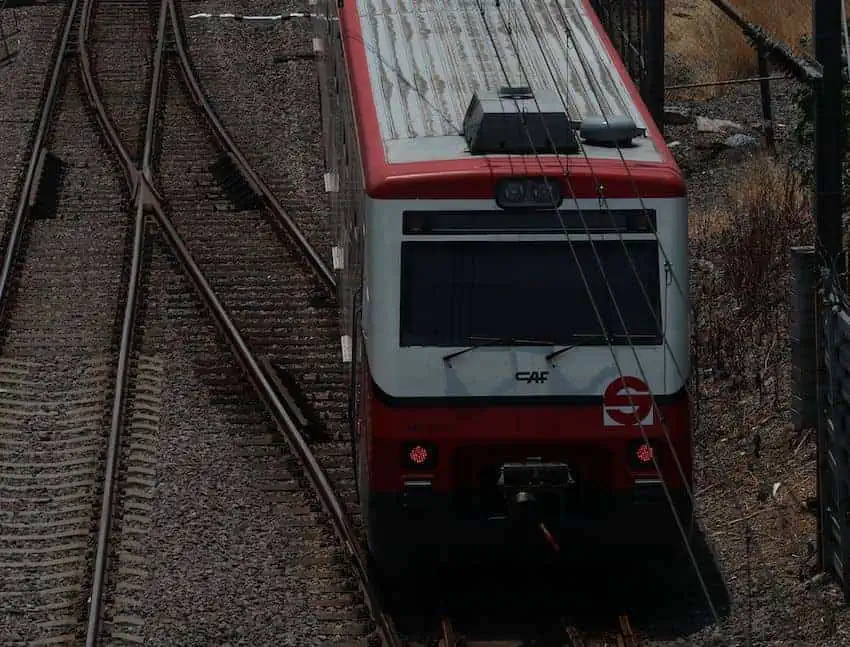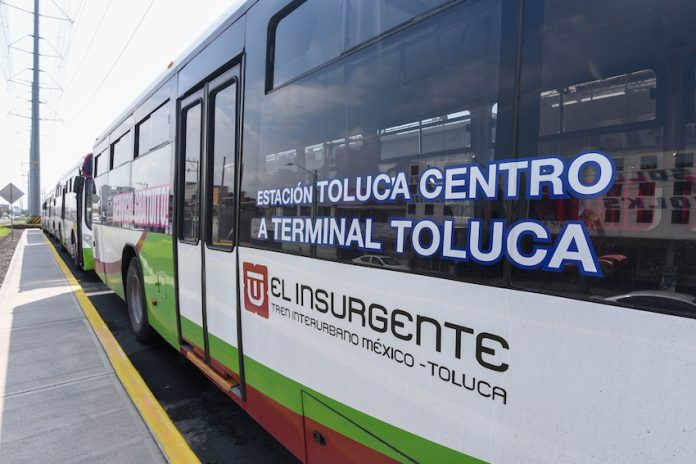A range of public transport projects are in the works in México state, the most populous state in the country.
The state government, led by Morena party Governor Delfina Gómez since September, outlined “100 commitments for sustainable transport” as part of its Plan Colibrí, or Hummingbird Plan.

One of the plan’s key objectives is to create a unified, better-connected transport system in the Valley of Mexico metropolitan area (ZMVM), which includes numerous México state municipalities as well as Mexico City.
The state government, whose six-year term runs until 2029, also plans to consider the construction of a metro system in state capital Toluca.
Proposed transport projects
The government’s Plan Colibrí document outlines a range of project proposals, but doesn’t mention any possible completion dates or mention projected costs. The projects include:
- The construction of eight bus corridors, two to each of four stations on the Toluca-Mexico City commuter train line, which partially opened in September. The eight corridors would run to the Zinacantepec, Toluca Centro, Metepec and Lerma stations, all of which are in the metropolitan area of the state capital.
- The construction of an additional 10 bus corridors in the ZMVM.
- The establishment of “new permanent metropolitan corridors” to connect México state “Mexibús” lines to Mexico City “Metrobús” lines. The lines would run between Ecatepec and Río de los Remedios; Tecámac and La Raza; and Velódromo and Chimalhuacán.
- The modernization of existing “Mexibús” lines.
- The construction of a third “Mexicable” cable car line in the municipality of Naucalpan between the Cuatro Caminos transport hub and the neighborhood of Minas de San Martín.
- Construction of “the first Digital Rail Transit line in the Valley of Mexico.” According to the government plan, this would be a light rail line between Múzquiz, in the municipality of Ecatepec, and the new Lake Texcoco Ecological Park, located on the site of the previous government’s airport project, which was canceled by President López Obrador.
A metro system for Toluca?
Commitment No. 40 in the state government’s Plan Colibri is to “carry out pre-feasibility studies and a cost-benefit analysis for the first metro [train] network in the capital of Toluca.”

The system would be called “Metroluca” or “Metromex,” according to the document.
Only three Mexican cities currently have metro train systems: Mexico City, Monterrey and Guadalajara.
The municipality of Toluca is not among Mexico’s 10 largest cities, but it is a relatively big city with more than 910,000 residents, and over 2.35 million in its metropolitan area, according to results of the 2020 census.
The population of México state was just under 17 million in 2020, making it Mexico’s most populous entity ahead of Mexico City and Jalisco.
Train to the Felipe Ángeles International Airport (AIFA)
One of the barriers to increased use of AIFA, which opened north of Mexico City in early 2022, is the absence of a quick public transport option from the capital.
But a rail link between the Buenavista suburban train station in central Mexico City and AIFA is slated to open in June.
Commitment No. 43 of the México state government is to complete the section between the Lechería station and AIFA, and to “plan feeder [bus] routes” to the stations along the line.
Once the line is operational, getting to AIFA by train from Buenavista is expected to take just 39 minutes.
Other transport commitments
Among the other commitments the México state government makes in its Plan Colibrí document are to:
- Strengthen public transport camera surveillance systems.
- Improve and expand cycleways.
- Survey public transport users to identify the problems they face.
Mexico News Daily
